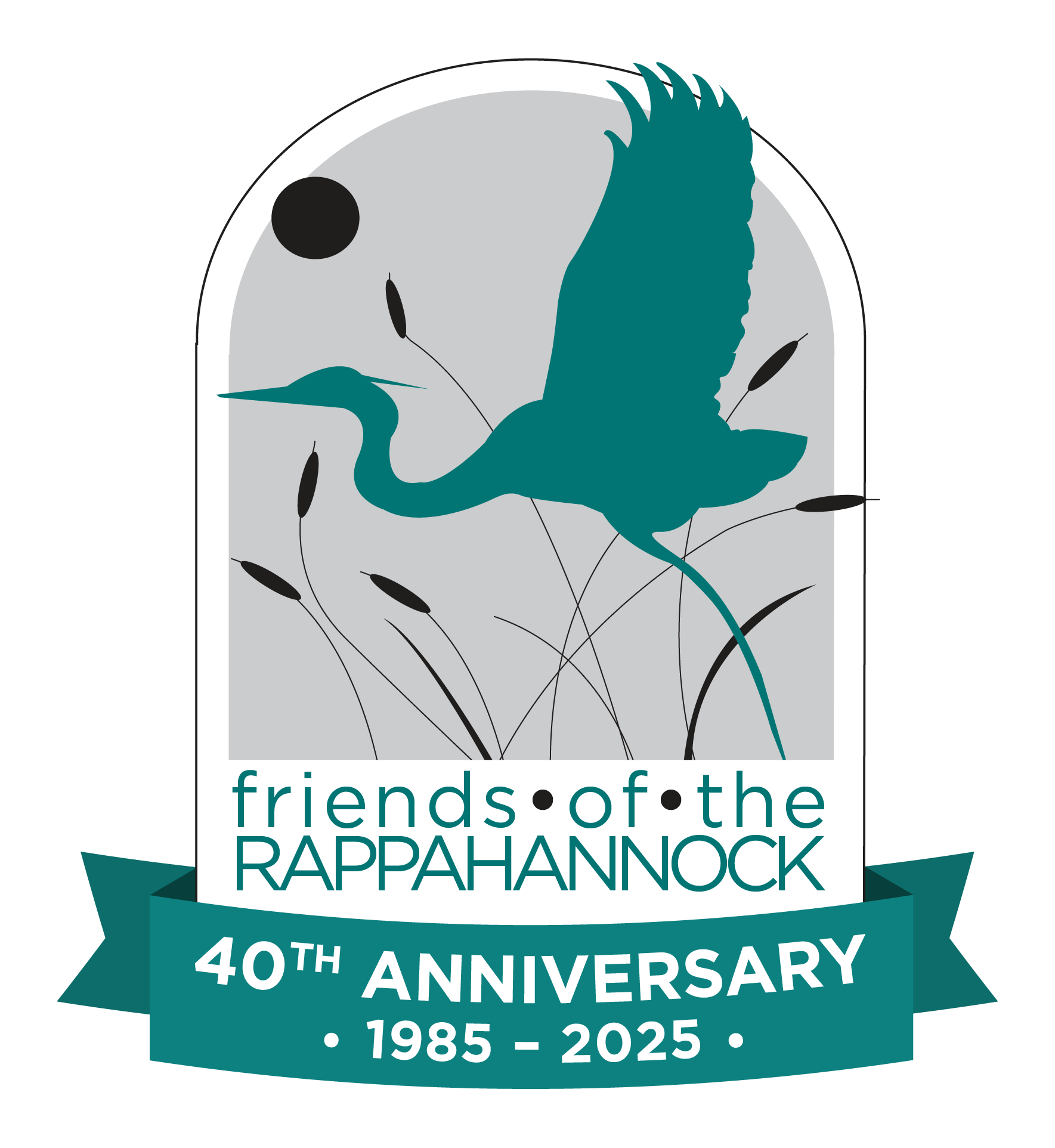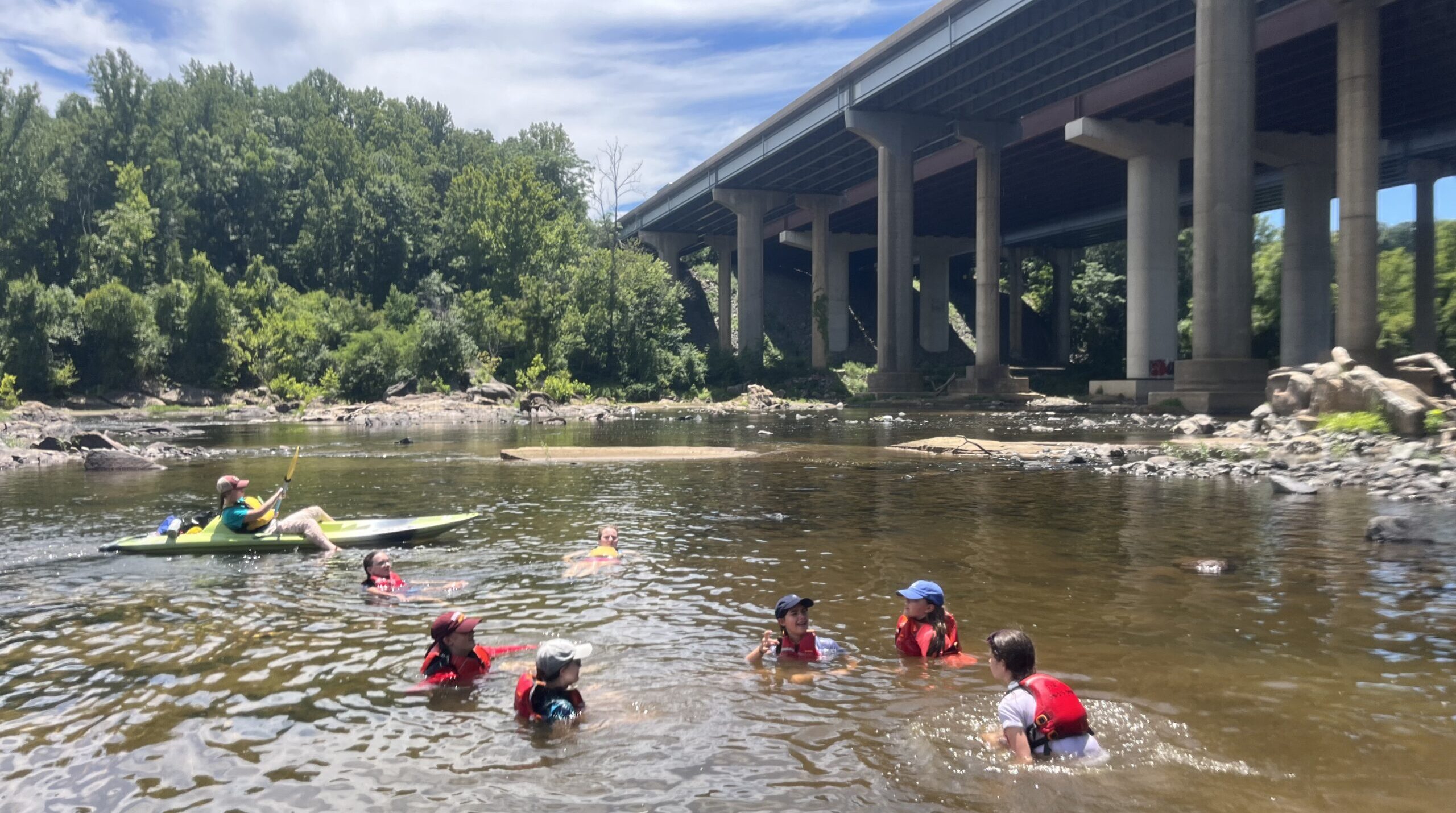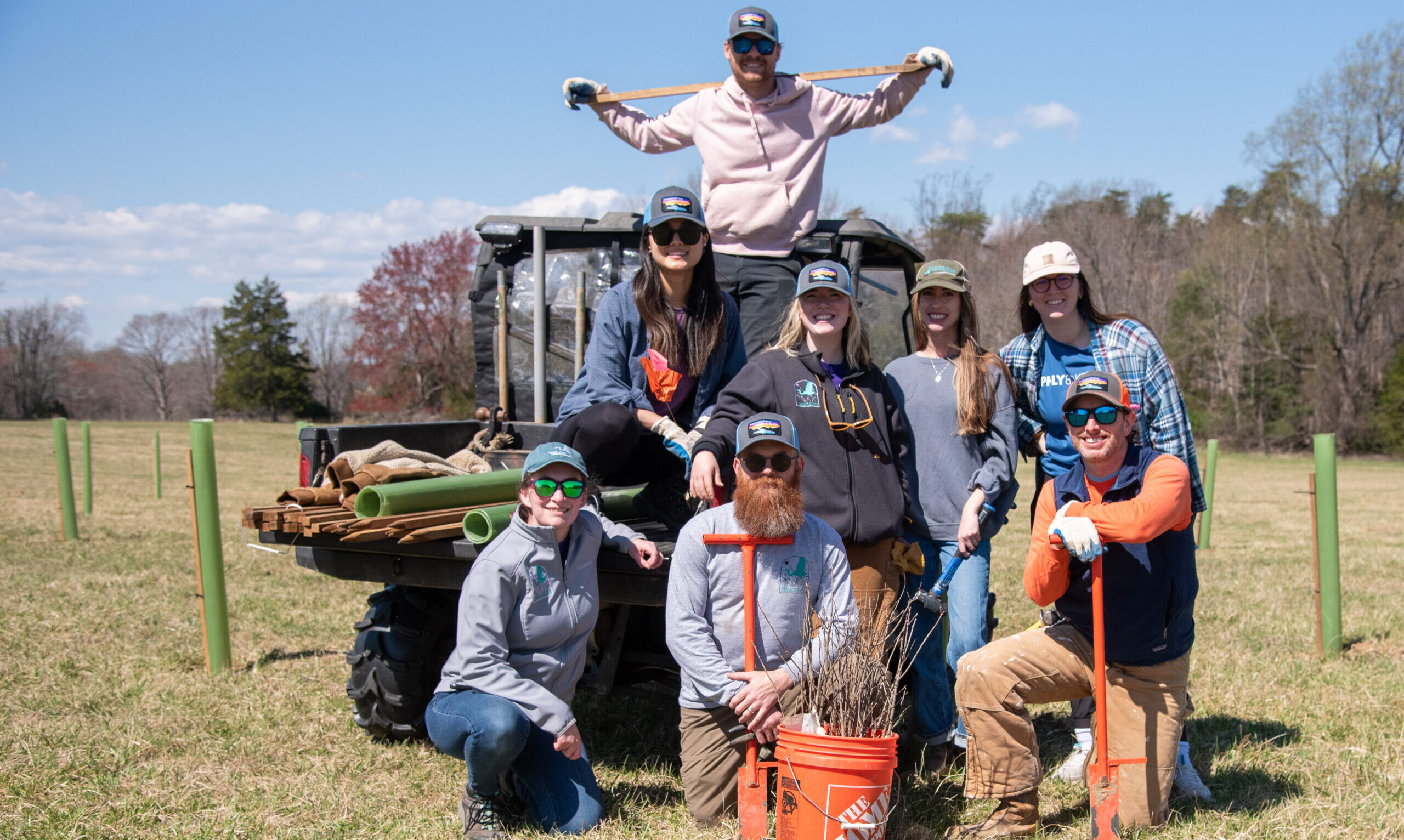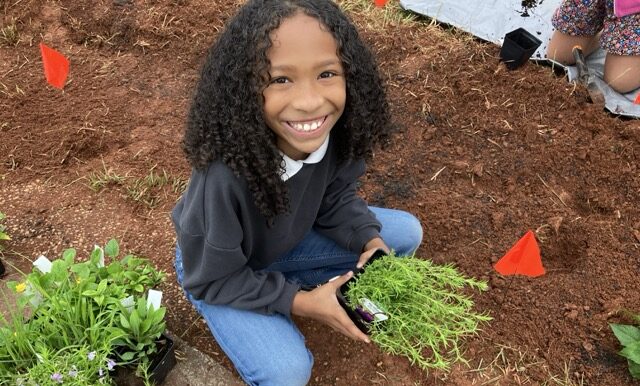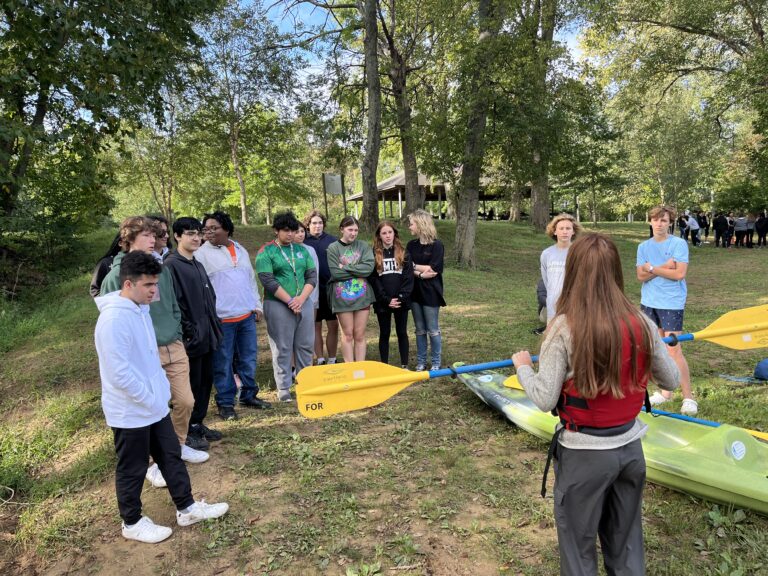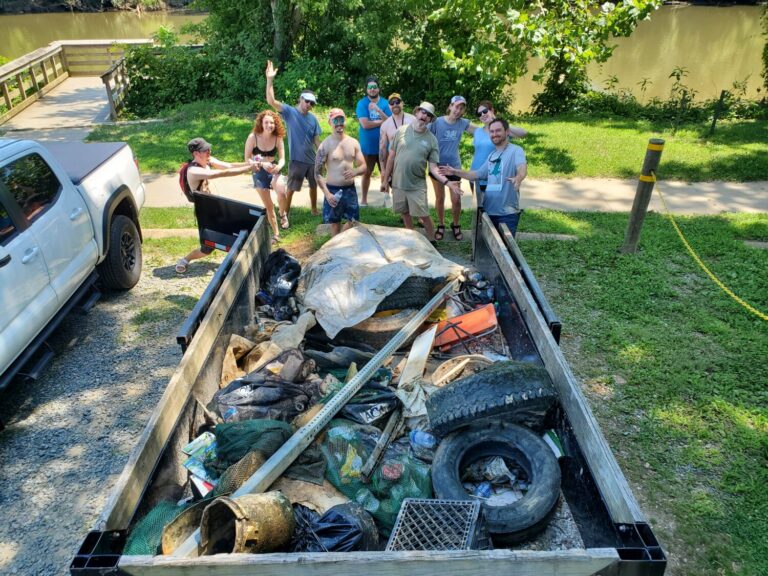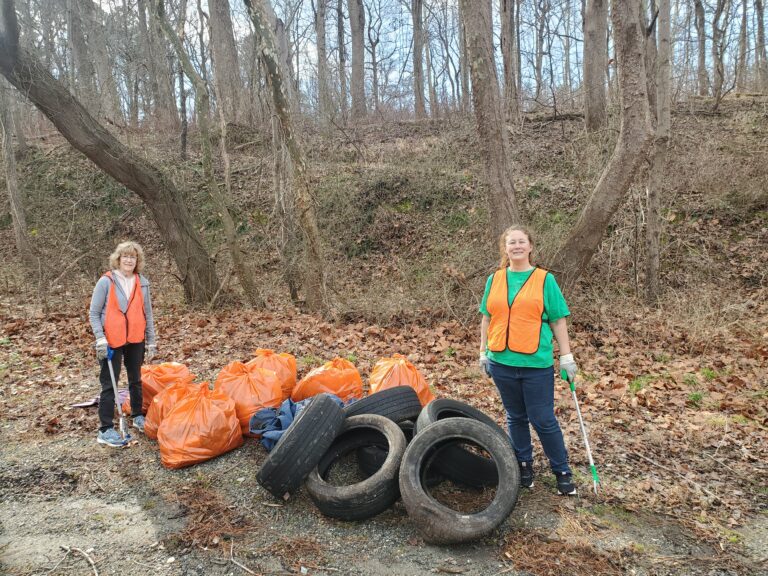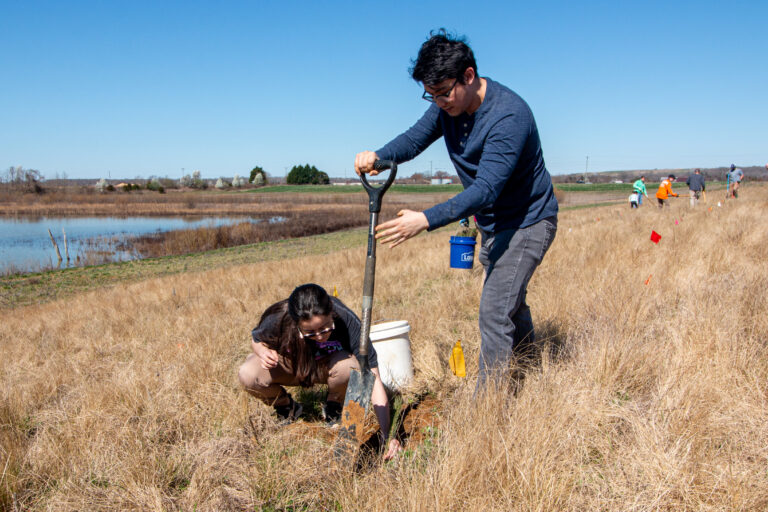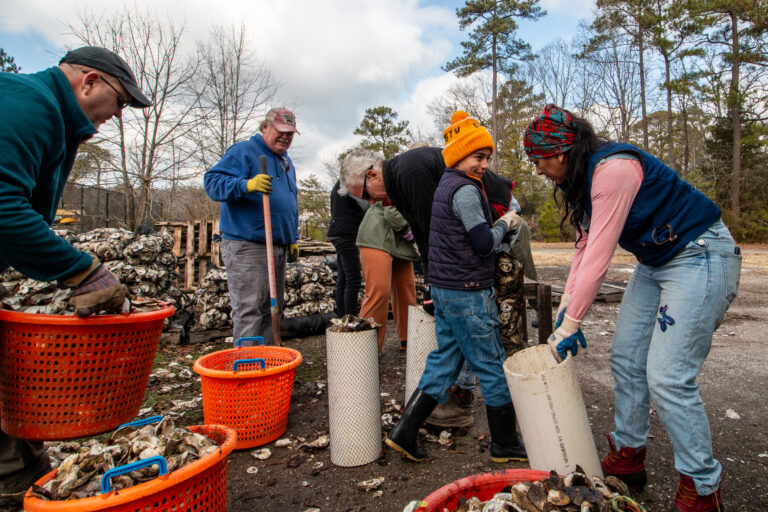Advocacy
Virginia General Assembly
A Strong Voice for the Rappahannock River
Virginia General Assembly
The 2025 Virginia General Assembly is in Session!
While we will be supporting and opposing many issues we are prioritizing the following issues and will regularly update this page. We will include info on bill progress and how YOU can make a difference for the river. Your voices are vital!
Not sure who your representatives are?
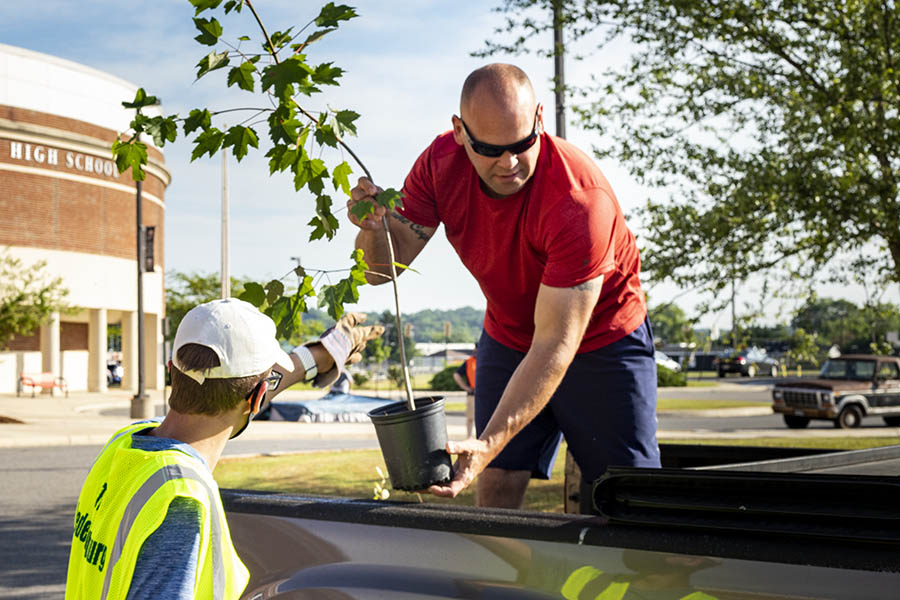
FOR’s 2025 General Assembly Session Priorities
- Land Use Conversion & Forest Canopy Loss
- The Rappahannock watershed is losing urban and suburban tree canopy at increasing rates. We now have an opportunity to provide localities with tools to help replace trees that are lost during construction.
- Water Supply & Data Centers
- The Rappahannock River watershed is experiencing a boom in data center project applications and approvals. These projects are vital for our digital lifestyle and can potentially provide localities with financial windfalls but lack incentives and standards to protect Virginia’s natural resources.
- Environmental Literacy
- Virginia’s environmental challenges require future generations to be knowledgeable about conservation strategies and environmental issues. Increased and sustained funding is crucial to supporting environmental literacy programs.
- Fisheries
- The growing prevalence of new land uses and the impacts of climate change necessitate prioritizing investment in better understanding the cumulative impacts of these changes on our iconic Rappahannock River fisheries.
- Water Quality & Resilience
- Stormwater runoff from urban and suburban areas is the fastest-growing source of pollution to our water and the main reason many of our urban streams are impaired. Virginia should follow through on its commitment to fully fund agricultural best management practices that improve water quality.
Priority Status Updates
Forest Canopy Loss
The Rappahannock watershed is losing urban and suburban tree canopy at increasing rates. We now have an opportunity to provide localities with tools to help replace trees that are lost during construction. Urge your delegate right now to support these efforts through House Bill XX to plant more trees in your community! HBXX adds tree fund language to existing code 961.3.
These tools are needed to ensure Virginia continues to protect the health of its citizens and waterways by retaining urban and suburban tree canopy!
Land Use Conversion
The Rappahannock River watershed is experiencing large changes in land use. Forests and fields are being developed for residential, commercial, and industrial projects leading to increased stormwater runoff and surface water demand from the river. Localities watershed-wide are receiving many applications for utility scale solar projects due to clean energy deadlines mandated by the Virginia Clean Economy Act. A balance must be established to ensure that water quality cleanup goals can also be achieved.
Budget and Policy Recommendations
- Support for HB2630 which allows localities by ordinance to establish a tree canopy fund to collect, maintain, and distribute fees collected from developers that cannot provide for full tree canopy requirements where the development project is situated STATUS: Referred to House Agriculture Conservation and Natural Resources Committtee (ACNR).
- Support for HB2638 which expands certain existing local government authority to conserve or replace trees during the development process by expanding such authority statewide. The bill allows localities to establish higher tree canopy replacement percentages based on density per acre. STATUS: Referred to House ACNR Committee.
- Support for SB1434 which provides localities with technical resources to help them make informed decisions on utility-scale solar projects. STATUS: Referred to Senate Commerce and Labor Committee.
Water Supply/Data Centers
The Rappahannock River watershed is experiencing a boom in data center project applications and approvals. These projects are vital for our digital lifestyle and can potentially provide localities with financial windfalls but there is a lack of incentives and standards to protect Virginia’s natural resources while allowing for the proper siting of these industrial facilities. Additionally there is a lack of transparency regarding disclosure of water and power usage.
Budget and Policy Recommendations
- Support for SB923 which prohibits the Department of Environmental Quality from issuing a Virginia Water Protection Permit for a surface water withdrawal if more than five percent of the nonconsumptive volume of such withdrawal will be returned to a different major river basin, as defined in the bill. The bill clarifies that such prohibition does not apply to any lawful withdrawal in existence on July 1, 2025. STATUS: Agriculture Conservation and Natural Resources Committee (ACNR).
Environmental Literacy
Virginia’s environmental challenges require future generations to be knowledgeable about conservation strategies and environmental issues. Virginia’s environmental literacy is primarily advanced through the Virginia Standards of Learning concepts and community partnerships with the schools. Many school districts in Virginia lack access to necessary curriculum resources, funding, and professional development opportunities. Under-resourced schools often struggle to provide students with effective environmental education programs, including meaningful watershed education experiences (MWEEs), which allow students to gain a deeper understanding of the challenges facing their local watersheds. Increasing access to funding and training can lead to a more engaged and environmentally literate community, ultimately contributing to the well-being of Virginia’s natural resources and residents. Increased and sustained funding is crucial to supporting environmental literacy programs.
Budget and Policy Recommendations
- Support for budget amendments Item 359 #15h and Item 359 #12s. These items increase funds for environmental literacy programming to $1,000,000 in funds (currently $250k) from the Governor’s budget for competitive grants to provide Meaningful Watershed Educational Experiences (MWEE) to Virginia’s students.
Fisheries
Our Rappahannock River fisheries are important both culturally and economically to the people of the river basin. Virginia’s fisheries managers continue to struggle with managing and rebuilding fish populations, including species such as blue crab, river herring, American shad, striped bass, menhaden, and sturgeon. The growing prevalence of new land uses and the impacts from climate change necessitate prioritizing investment in better understanding the cumulative impacts of these changes on our iconic fisheries.
As localities move toward utilizing surface water to meet future water needs more surface water intake facilities will be installed. These surface water withdrawals kill billions of fish, shellfish, eggs, and larvae each year through impingement (organisms being pinned against mesh screens because of strong withdrawal velocity) or entrainment (organisms that go through a facility’s water system because mesh size is too large). This chronic mortality threat is studied on a case-by-case basis but we lack data on the cumulative effects such withdrawals have on aquatic fauna mortality and water quality.
Budget and Policy Recommendations
- Support for HB1908/SB930 which requires the Virginia Institute of Marine Science (VIMS) to study the cumulative impacts of surface water intakes on the mortality of aquatic fauna and water quality in the Chesapeake Bay and its major Virginia tributaries. STATUS: House Appropriations and Senate Rules
- Support for budget amendments 148 #5h and Item 148 #2s which provide funding for the Virginia Institute of Marine Science (VIMS) to conduct the above study.
Water Quality and Resilience
Stormwater runoff from urban and suburban areas is the fastest-growing source of pollution to our water and the main reason many of our urban streams are impaired. This growth is largely caused by the expansion of our built environment and the impervious surfaces — parking lots, roofs, and roads — that carry more polluted runoff to our waterways. With more intense rain- fall events on the horizon as a result of climate change, untreated stormwater may exacerbate dangerous and costly flooding. Virginia’s plan to clean up the Chesapeake Bay calls for strong investments in better stormwater control to protect clean water and frontline communities.
Agriculture is Virginia’s largest industry by many metrics. It also represents the largest source of nutrient and sediment pollution reaching Virginia’s local streams, rivers, and the Chesapeake Bay. Fortunately, this source of pollution is declining thanks to increased investments in agricultural best management practices that improve water quality. The Virginia Agricultural Cost Share Program (VACS) funds the implementation of a wide suite of agricultural practices that reduce pollution while enhancing farm productivity. Virginia should follow through on its commitment to fully fund this impactful program.
Budget and Policy Recommendations
- Support for HB1950/HB2453 which establishes the Living Shoreline Grant Fund to be administered by the Marine Resources Commission for the purpose of awarding grants to a local government or a federally recognized tribe to be used for the construction, renovation, or improvement of living shorelines greater than 2 miles in any shore angle direction. STATUS: House Appropriations
DONATE
Give Back to the River
Give back to the Rappahannock River! Make a one-time donation or become a sustaining member to support Friends of the Rappahannock's work across the watershed.
